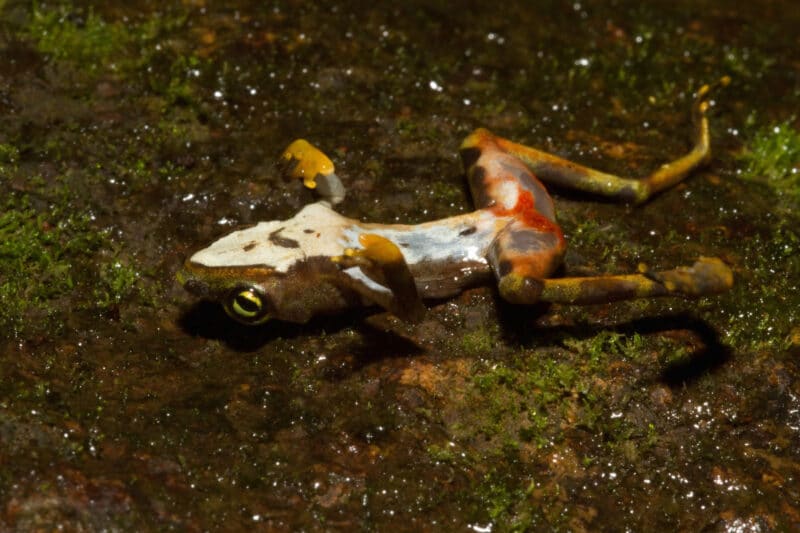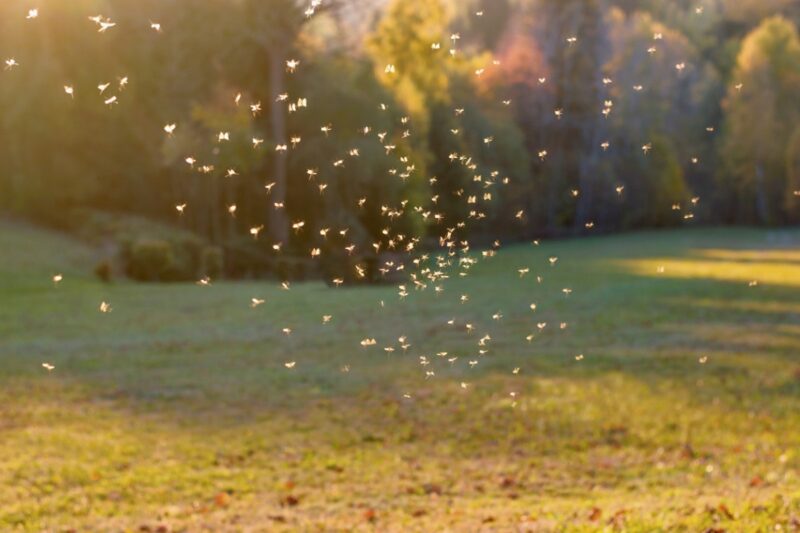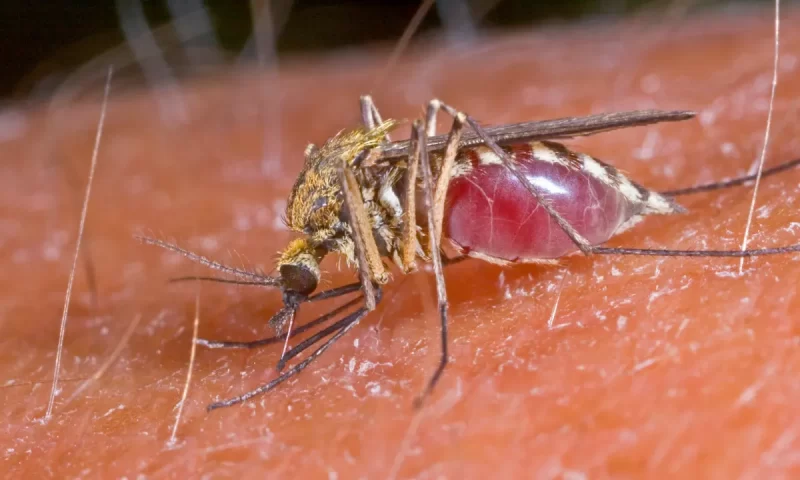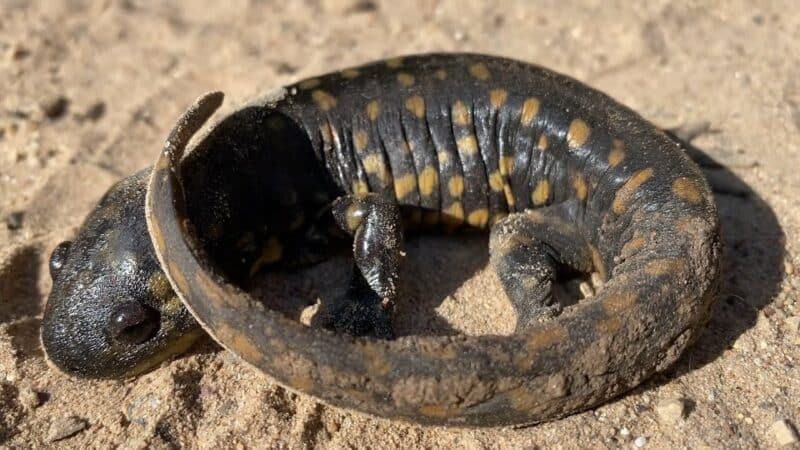Amphibian deaths may have a link to the surges of malaria in the past. When these animals died off in Panama and Costa Rica in the 90s and in the early part of the 2000s, it may have increased the malaria cases. Their deaths were caused by the Batrachochytrium dendrobatidis fungus. This deadly organism killed a large number of amphibian deaths in these areas back then. Salamanders, frogs, and toads were killed off, which also decreased the number of mosquito-eating animals. Also known as the chytrid fungus may have allowed the disease-spreading mosquito populations to increase in number. This proves that significant loss of animals in the food chain can affect humans in an indirect way.

What Happened
The journey of the fungus started in northwest Costa Rica in the 80s. It then reached the southeast through the mid-90s. The fungus arrived in Panama in the early 2000s according to the authors of this study. The scientists used the health data in the county to compare the wave of amphibian deaths to the increase in malaria cases. The malaria cases in Panama increases five times when the fungus struck. The higher rainfall may have also contributed to the increase in the number of mosquitoes. Scientists add that such imbalances are difficult to predict.
The Connection Between the Amphibian Die off and the Malaria Surge
The decline in the number of amphibians resulted in direct health consequences for people. Salamanders and frogs gobble up insects, including mosquitoes. This is a predator-prey relationship that helps complete the local food web and food chain. The disappearance of these important predators gave malaria-carrying mosquitoes to increase in number.

The Surge From Amphibian Deaths
At the peak of the amphibian deaths, the normal number of malaria cases increased at least three times more. This was a terrible disruption to the ecosystem. These disruptions can affect the health of humans.
The scientists combined data analysis methods from economists, amphibian ecology, and digitized public health data to find out the information they need. Human health and ecological interactions continue to coexist. They achieved the results of the study by merging the data and tools that don’t often combine often. Working with scientists from other fields may be necessary.

The results of the study have a connection between the location and time of the spread of the malarial case increases and the time and locations of the pathogen’s spread. The researchers note that they found no clear evidence of other variables that could follow the same amphibian deaths and drive malaria at the same time.
Scientists saw that the tree cover loss was linked to the increase in malarial infection cases. But it is not the same as the extent of the amphibian loss.
Efforts to Prevent Such Disruptions
What happened to the amphibians is now motivating researchers to conduct a study. They aim to study the future spread of ailments by means of the international wildlife trade. One threatening pathogen is Bsal or Batrachochytrieum salamandrivorans. Experts want to prevent the spread of disease-causing organisms to local wildlife. This is possible by updating the trade regulations. This can target the hosts of these pathogens as the scientists identify them.

Everything is connected on this planet. One minor disruption can cause a large ripple in the food chain or food web. The significant loss of amphibians paved the way for the increase in the number of disease-carrying mosquitoes. That is why many scientists are exerting efforts in preventing such disruptions from happening again.